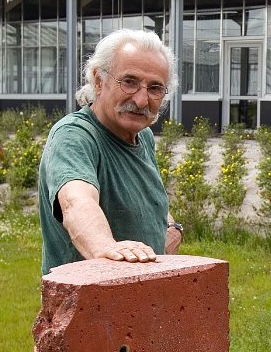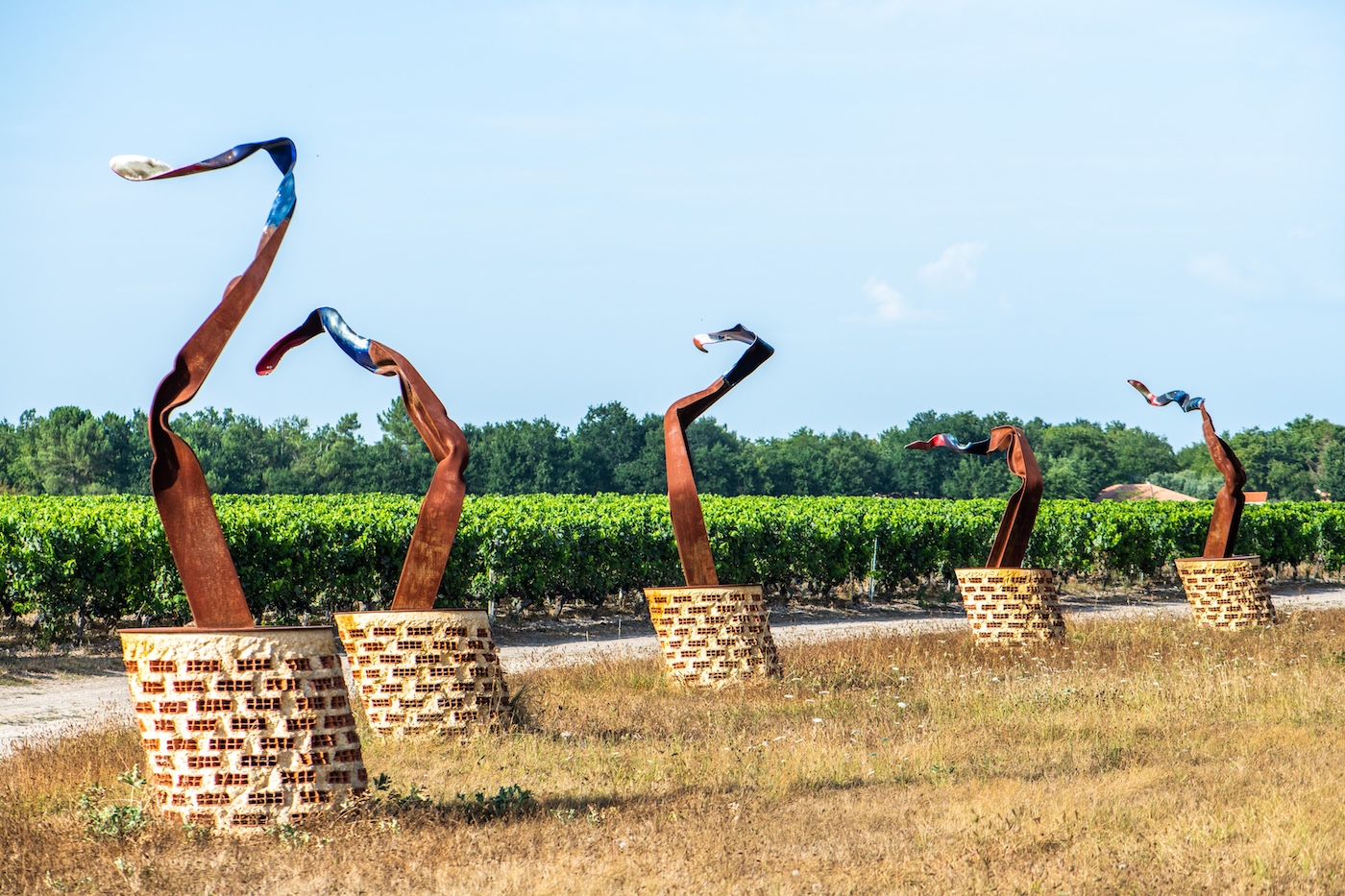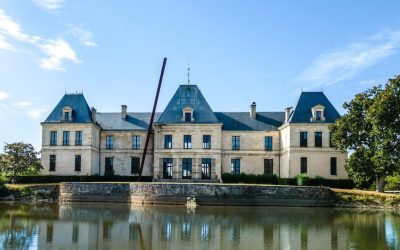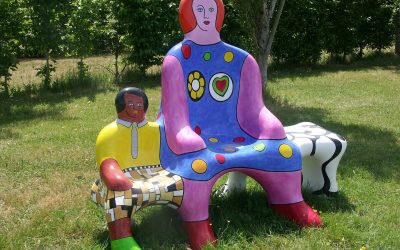Bernard Pagès, born in 1940 in Cahors, is a major figure in contemporary French sculpture. An heir to the Supports/Surfaces movement, he develops a powerful and free body of work, based on assemblage, reclamation, and the dialogue between materials.

Coming from an agricultural background, Bernard Pagès spent his childhood on the farm. In 1959, he went to Paris to try for the École des Beaux-Arts. Rejected, he joined the Atelier d’Art Sacré. After starting out in painting and drawing, a visit to Brancusi’s studio definitively oriented him towards sculpture.
In 1965, he settled in Coaraze, in the Nice hinterland. He gradually abandoned painting, working with plaster, earth, wood, and stone. He then frequented artists like Claude Viallat, Erik Dietman, Patrick Saytour, and absorbed the new ideas disseminated by the New Realists.
The Supports/Surfaces Experience and Emancipation
In the late 1960s, Pagès participated in the first exhibitions of the Supports/Surfaces movement, which challenged traditional art forms. He asserted himself through his simple, direct assemblages made of raw materials.
In 1971, he left the group to pursue solitary research, focused on the inventory of materials and their relationships. He created series such as the Piquets, the Assemblages, or the Tuyaux, where he classifies, stacks, and juxtaposes.
His art becomes a rigorous exploration of contrasts, between heavy and light, natural and industrial, stable and unstable.
A Physical, Free, and Structured Body of Work
Pagès works with poor or reclaimed materials: wood, concrete, metal, gravel, brick, iron, plastic… He assembles them without concealing them, revealing their textures, their tensions.
He establishes nomenclatures, inventories, where each element dialogues with the others. From the 1980s onwards, he created monumental sculptures: columns, caryatids, structures that give poetic value to imbalance.
His works sometimes seem on the verge of tipping over, suspended in controlled tension. This apparent instability expresses a fragile balance between construction and chaos.
Since the 1970s, Bernard Pagès has regularly exhibited in France and abroad. Among the notable exhibitions:
- Musée Henri-Martin (Cahors) & Musée Matisse (Nice), 1995
- Château de Villeneuve (Vence), 2002
- Domaine de Kerguéhennec, 2017
- Musée Picasso (Antibes), 2015
His works are included in numerous public collections, and several monumental sculptures are installed in public spaces.
He lives and works in Contes, in the Alpes-Maritimes, where he continues his demanding dialogue with forms and matter.
At Château D’Arsac: Sculptures in Tension
In the park of Château d’Arsac, several works by Bernard Pagès display their raw presence:
- Le Grand Dévers: a leaning, taut structure, playing on gravity
- La Déjetée, Le Chevêtre: assemblage works exploring imbalances and counterweights
- La Colonne aux Bidons Écrasés: column formed from compressed industrial elements
- Les Cariatides: strong vertical figures, almost anthropomorphic
These powerful and understated works integrate into the domain’s landscape, dialoguing with nature and architecture. They reflect Pagès’s approach: to bring forth a universal sculptural language from the ordinary.
Bernard Pagès constructs a body of work that contemplates matter, space, weight, and rhythm. Through his sculptures visible at Château d’Arsac, he reminds us that art can emerge from the rough, the rugged, the recycled — and yet speak of “balance, beauty, and emotion”.
To discover, along with other artists, on our Art & Vines page
https://chateau-arsac.com/art-contemporain-vigne-alliance-chateau-arsac/





